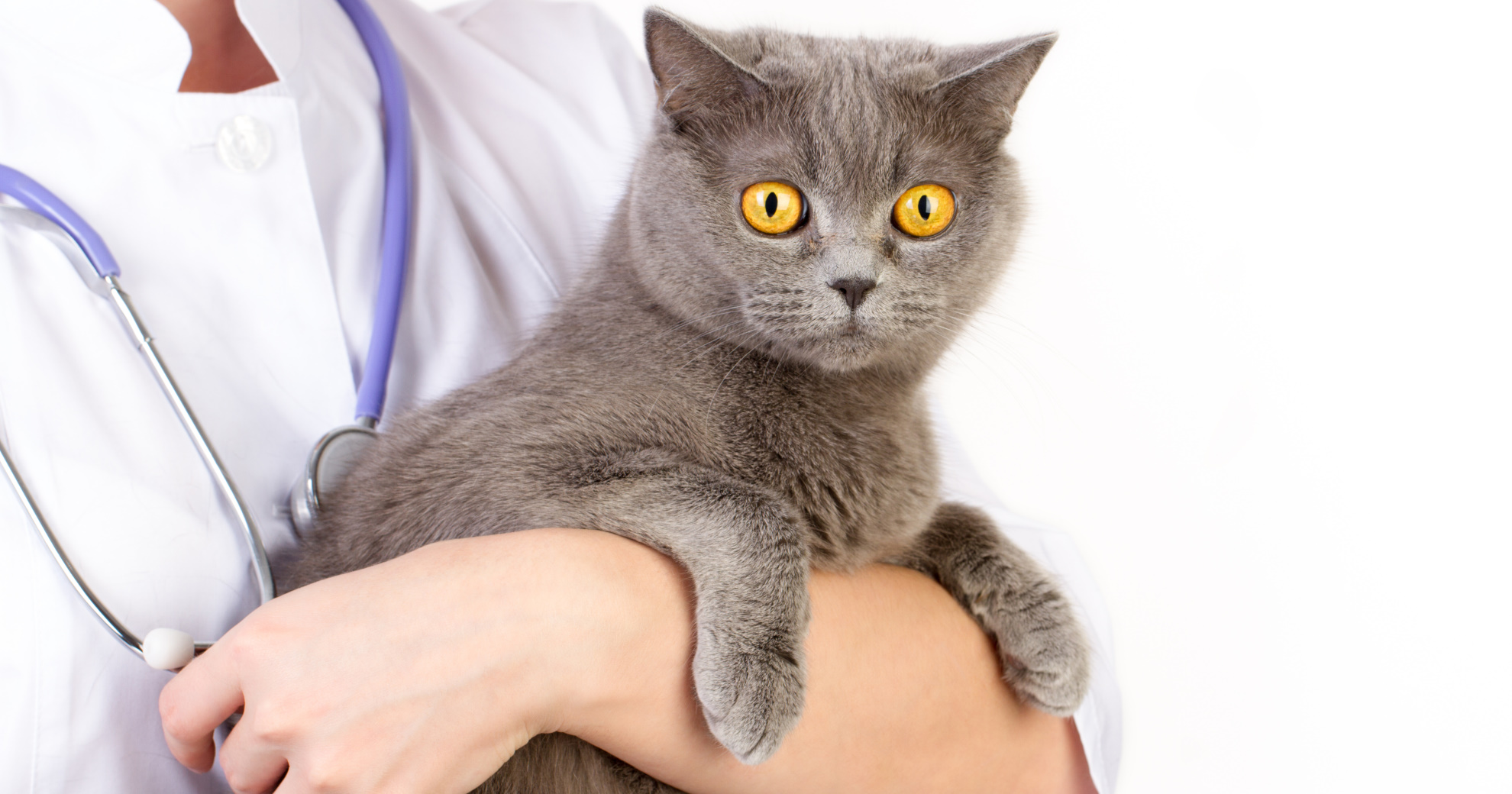HEALTH & WELLNESS

TRENDING

SIGN UP and Start Receiving
Our Monthly Newsletter,
The Chronicles
The Importance of Catching and Diagnosing Diabetes in Cats Early

Importance of Early Diagnosis and Management of Feline Diabetes
AN OVERVIEW OF DIABETES
Diabetes is a chronic disease that can affect cats, dogs, other animals and humans. Diabetes is a complex disease that is caused by an inability of the body to regulate blood sugar (glucose). Glucose is the major source of energy for the body’s cells to function. Glucose comes from foods and is carried to the cells through the bloodstream. Several hormones, including insulin, control glucose levels in the blood. In diabetes, the pancreas does not make enough insulin (type 1 diabetes) or the body can’t respond normally to the insulin that is made (type 2 diabetes).
Type 2 is the most common form of diabetes in cats. The pancreas still makes insulin but the body doesn’t respond to it normally. Glucose is less able to enter the cells and do its job of supplying energy. This raises the blood sugar level, so the pancreas works hard to make even more insulin. Eventually, this strain can make the pancreas unable to produce enough insulin to keep blood sugar levels normal.
Unfortunately, there is no cure for diabetes. However, although diabetes can’t be cured, it can be managed very successfully. That’s why it’s important to notice and address the signs of diabetes in your cat early. With treatment and proper management, a healthier and longer life is possible.
RISK FACTORS OF DIABETES IN CATS
Here’s an overview of risk factors:
Age
Diabetes is more common amongst middle-aged and older cats. Average diagnosis age: 10. Peak incidence: 9 to 13 years.
Weight
Diabetes is more common in overweight and obese cats.
Dry Food Diet
New research suggests that a dry food diet in cats with appropriate body weight is a significant risk factor.
Sex
Male cats tend to be more prone to diabetes.
Neutering
Neutering needs to be mentioned as a risk factor in male cats, BUT the benefits of neutering FAR outweigh the risks.
Physical Inactivity
Moderately active and inactive cats are at increased risk of developing diabetes.
Breed
It has been reported that Burmese cats are at higher risk of developing diabetes.
Certain Medications
Steroids can be VERY effective but UNNECESSARY corticosteroid treatment can increase the risk of diabetes.
EARLY DETECTION OF DIABETES IS IMPORTANT
Wellness and well-being can be promoted with early diagnosis and treatment.
Steps for approaching diabetes in cats:
- Detect the disease early
- Understand the disease
- Provide appropriate, customized care
- Continue to monitor and manage the disease
DAMAGE CAUSED BY DIABETES IF NOT TREATED AND MANAGED
Untreated diabetes in cats can lead to:
- Malnutrition
- Increasingly weak legs due to nerve damage in the hind limbs (results in a plantigrade stance)
- Diabetic ketoacidosis(DKA): a deadly medical emergency
- Death
DIAGNOSIS
Don’t wait for the severe signs and symptoms of diabetes to surface. The sooner diabetes is diagnosed and treatment begun, the better chance your cat has of a normal life. Contact your veterinarian, if you notice any of these early signs of diabetes in cats: excessive thirst, increased urination, weight loss and increased appetite.
Your veterinarian will perform a simple blood test to check glucose (sugar) levels. Other diagnostic tests, such as those to check levels of liver enzymes and electrolyte imbalances may also be recommended.
If diabetes is diagnosed, a treatment protocol, that may include injections together with diet and exercise recommendations, will provide your cat with a better chance of a good quality of life.
Related Articles










